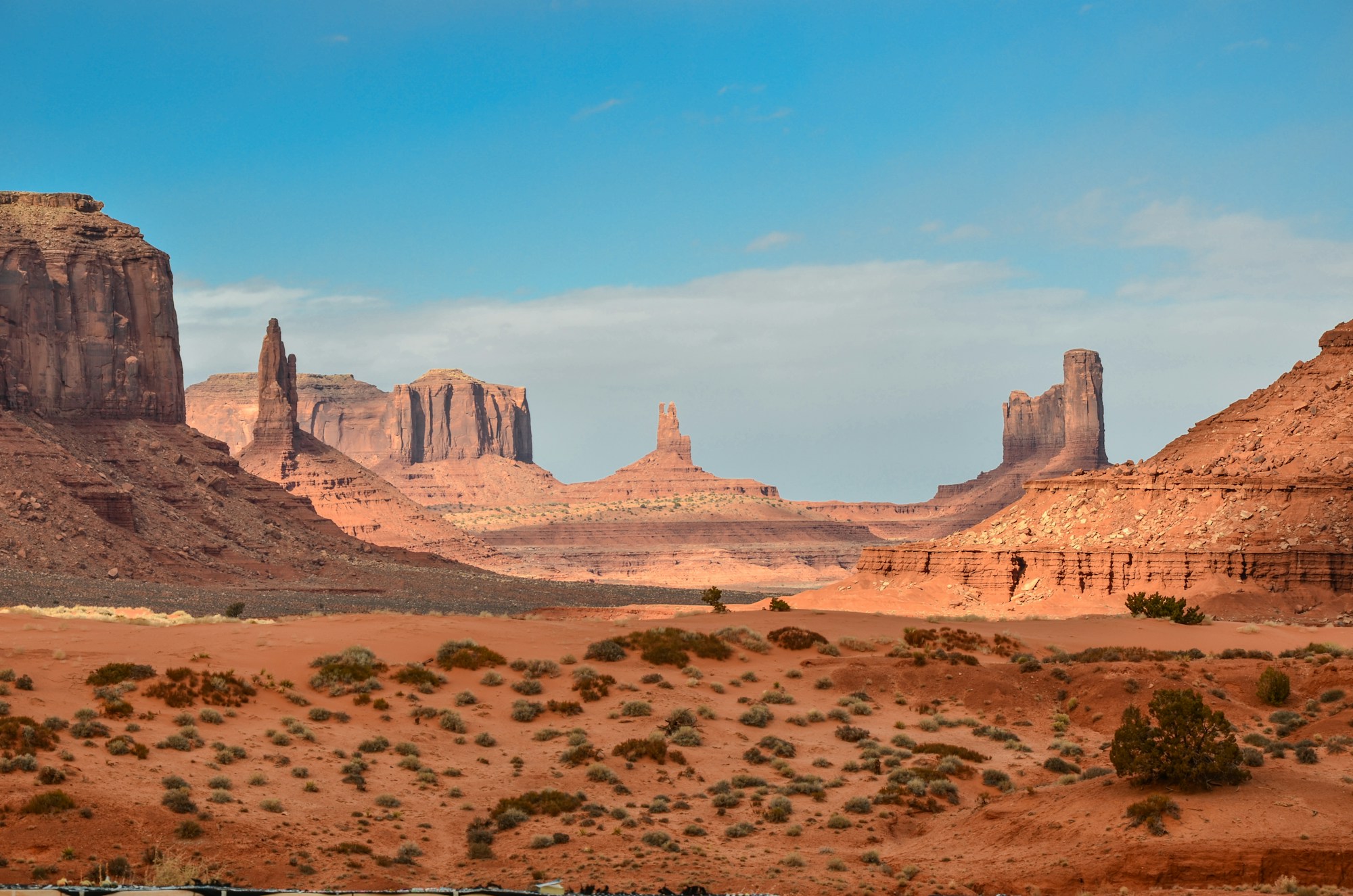Exploring Grand Canyon: A Practical Travel Guide

Exploring Grand Canyon: A Practical Travel Guide
Introduction
The Grand Canyon, located in the state of Arizona in the United States, is one of the most iconic natural wonders of the world. Carved by the Colorado River over millions of years, this immense canyon offers breathtaking views and unique outdoor experiences.
When to Visit
The Grand Canyon is a year-round destination, but the best time to visit is during the spring (March to May) and fall (September to November) when the weather is pleasant and the crowds are smaller. Summer can be hot and crowded, while winter can bring snow and icy conditions.
How to Get There
The nearest major airport to the Grand Canyon is the Phoenix Sky Harbor International Airport, located about 3.5 hours away by car. From there, visitors can rent a car or take a shuttle to the canyon.
Where to Stay
- Inside the Park: The Grand Canyon National Park offers several lodging options, including campgrounds, lodges, and cabins. Advance reservations are highly recommended.
- Outside the Park: Nearby towns like Williams and Flagstaff offer a range of hotels, motels, and vacation rentals for visitors.
Things to Do
- Hiking: Explore numerous hiking trails, ranging from easy walks along the rim to challenging descents into the canyon.
- Rafting: Take a thrilling rafting trip down the Colorado River for a unique perspective of the canyon.
- Scenic Drives: Drive along the scenic Desert View Drive or Hermit Road for panoramic views of the canyon.
- Helicopter Tours: Experience the Grand Canyon from above on a helicopter tour for a bird's eye view.
Tips for Visitors
Here are some tips to make the most of your visit to the Grand Canyon:
- Stay hydrated and wear sunscreen, especially during the hot summer months.
- Observe wildlife from a safe distance and never feed them.
- Respect the natural environment and follow park regulations to help preserve this unique ecosystem.
